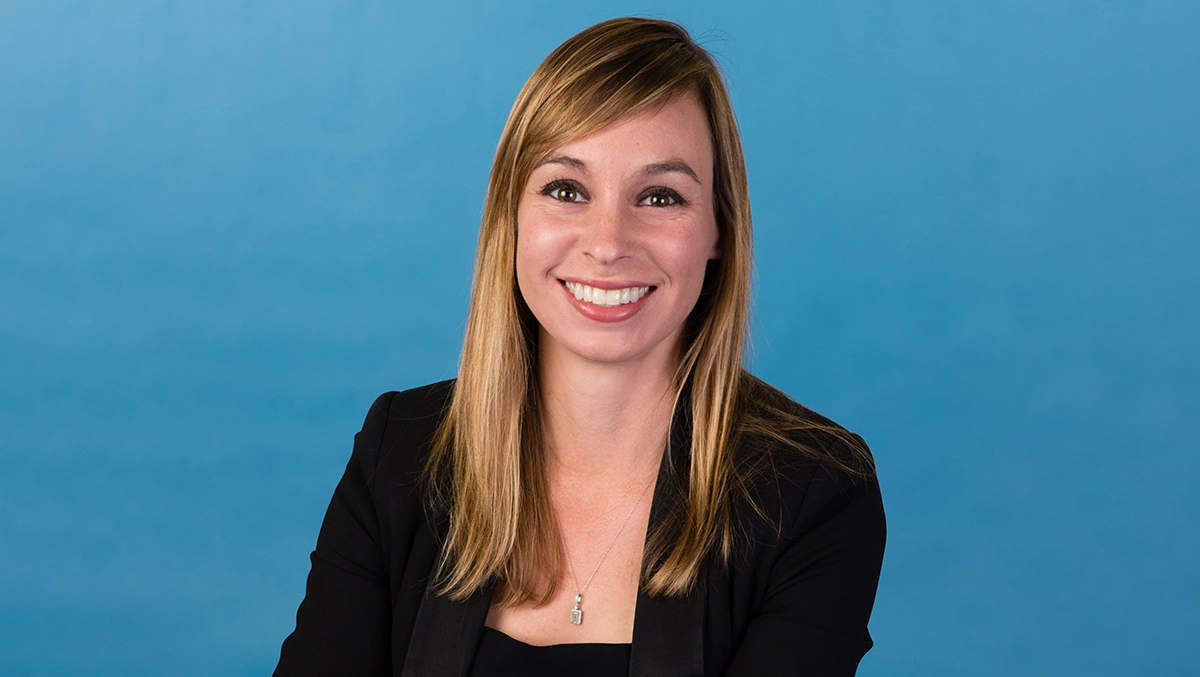
IWD 2024: Recruiting, retaining and sponsoring a diversity of talent for better business outcomes
During the pandemic, 12 million women left the workforce globally, according to figures in the McKinsey Women in the Workplace 2022 report. This is the lowest number of women working in the past 30 years. It is also why it is more important than ever that we recruit, retain, and sponsor diversity in our companies.
As a specialist in digital transformation for construction clients, technology has been a catalyst in my career. Over the past 15 years, I've been fortunate to work in the construction industry across the USA, Australia, and New Zealand. Currently, I'm the Queensland regional lead for Women in BIM, a diverse network of female professionals within the construction industry dedicated to supporting women in BIM-related roles, and a Principal Business Consultant at Autodesk. In addition to my passion for technology, I'm also passionate about supporting women, and diversity more broadly, within the construction industry.
The theme for International Women's Day 2024 is 'Inspire Inclusion'; when we inspire others to understand and value women's inclusion, we forge a better world. As part of my work at Autodesk and Women in BIM, I've identified some techniques we can use to increase the number of women in the industry. Because, as the Inspire Inclusion theme presents, when women themselves are inspired to be included, there's a sense of belonging, relevance, and empowerment. This is critical to creating better outcomes for businesses.
Hiring and retaining diverse talent leads to better business outcomes
A recent study by McKinsey & Company found that the greater the representation of women in companies, the higher the likelihood of outperformance. The report found that companies with more than 30 percent women executives were more likely to outperform companies where this percentage ranged from 10 to 30, and in turn these companies were more likely to outperform those with even fewer women executives, or none at all.
Hiring people from different backgrounds produces more diversity of thought, which leads to better solutions and better business outcomes. This has been proven by studies time and time again.
Without gender diversity, the construction industry is missing out on the talent pool of half the population and potentially reducing profitability.
Research also shows that women in leadership roles do more to support employee well-being and foster diversity, equity and inclusion, which in turn improves retention and employee satisfaction.
However, hiring women isn't enough. We need to retain this diversity in the industry. In order to do so, we need to create a trusting environment in our organisations.
Creating a trusting environment to retain talent
Skilled labour shortages in the construction industry have magnified the need for cultural reform. Digitalisation can help attract more diverse talent and provide a broader range of skills required for transformation. Companies that remain at the forefront of technology are also better positioned to attract the next generation of workers.
However, although technology can increase diversity, it is the creation of trusting workplace environments that ultimately enables the retention of diverse talent.
Businesses can accomplish more when they cultivate a trusting environment. Having a trusting team creates a positive space where outside-of-the-box thinking is encouraged. This, in turn, pushes the boundaries of innovation and leads to more successful projects.
Mentors support, while sponsors advocate: why recruiting, retaining and sponsoring is so important for businesses today
Mentors are great because they provide us with career advice, but sponsors advocate for us when we are not in the room. Sponsors contribute to our career progression, and help to create a trusting environment for women and retain diversity of talent.
Studies have shown that men typically have more sponsors than women. This affects career progression because fewer women are promoted from entry-level to manager. This has a run-on effect through their career and by the time you reach the C-suite level only 24 percent of executives are female.
Here is an example from my career of what we accomplished with a trusting environment and executive sponsorship. Based on a series of successful digital implementations on construction sites, we were able to sponsor individuals with an interest in technology early in their careers. By using technology as a catalyst, we were able to promote a number of those individuals. We were also able to connect them with managers, directors and executives. This collaboration, in turn, furthered innovation.
At Autodesk, not only are our customers diverse, the Autodesk team is as well. On any given project, I will be working with a number of individuals from around the world. Through Autodesk and WIB, I'm able to sponsor and mentor a greater number of individuals.
We also have the Autodesk Women's Network and eight other employee resource groups – including the newly-formed Autodesk Indigenous Network - dedicated to increasing diversity. These initiatives are making an impact at a great scale, and that is going to get more women back in the workforce and moving up each rung of the corporate ladder.